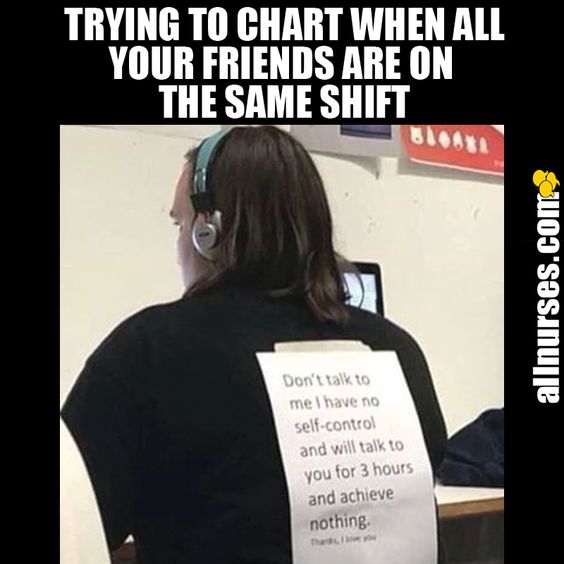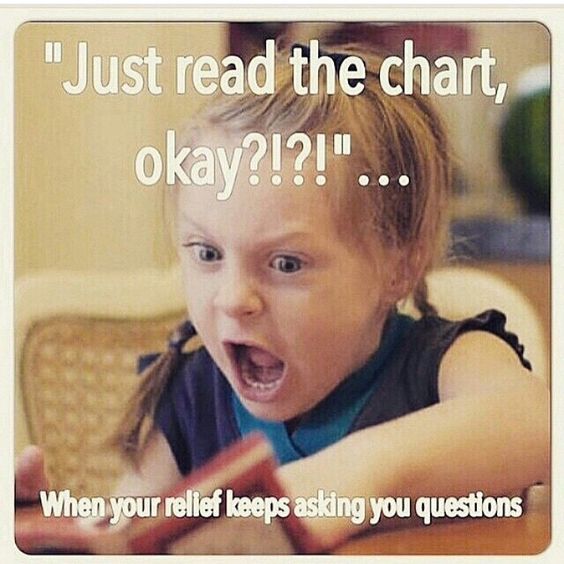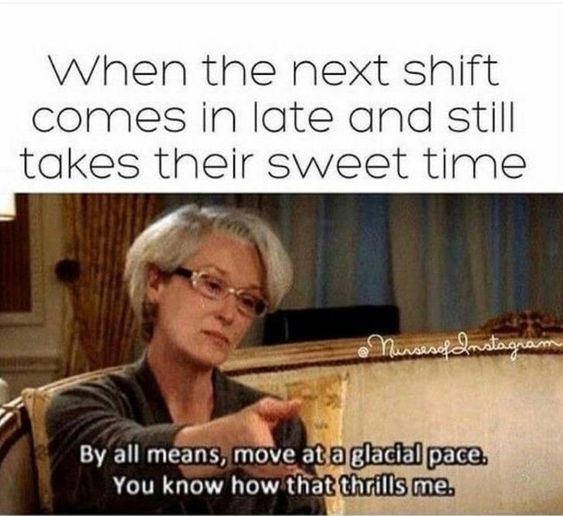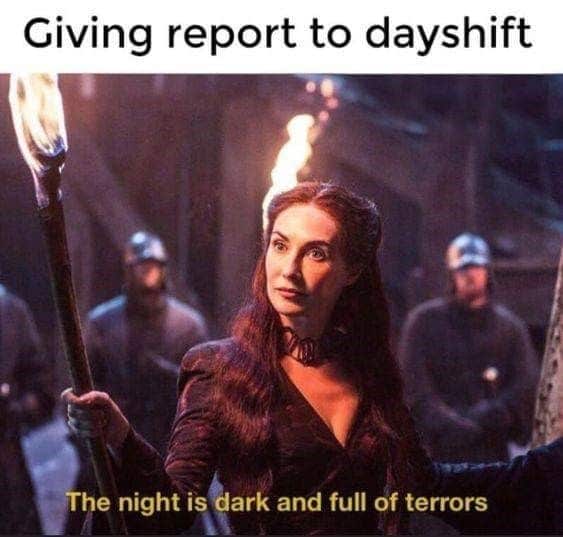
by California Casualty | Auto Insurance Info |
When daylight savings ends and our days become shorter, motorists will find themselves driving more often at dusk and in the dark.
As we turn our clocks back, it’s important to keep in mind that night driving is more dangerous than daytime driving – mostly due to reduced visibility and difficulty judging speed and distance. In fact, according to the National Safety Council, while we do only one-quarter of our driving at night, it’s when 50 percent of traffic fatalities occur.
Here are five ways you can stay safer on the roads at night.
1. Be Headlight Savvy
Proper headlight usage and maintenance will go a long way toward safe night driving. Remember the general rule of turning headlines on before sunset, and keeping them on for an hour after sunrise, which will help other drivers see you. Also:
-
- Aim headlights correctly (ask your dealer or mechanic/repair shop to double-check them next time you’re in).
- Make sure they’re clean.
- Regularly test your high beams, low beams, running lights, turn signals, and brake lights.
- On rural roads or other dark areas, use high beams. Dim them when you’re within 500 feet of an oncoming vehicle.
2. Slow Down and Give Room
Due to reduced visibility, drivers at night often need more time to both see other cars, pedestrians, and obstacles, and also to react safely. Give yourself the advantage by slowing down a bit and also giving yourself some extra room on the road.
-
- Increase your following distance from other vehicles.
- Allow more time for your journey.
- Be a(n extra) defensive driver, as others may be intoxicated or driving erratically.
- Watch out for pedestrians and wildlife. For the latter – collisions with deer are most common at dusk or at night, usually October through January (see our 30-second video on what to do if you hit a deer).
3. Give Your Car’s Interior a Once-Over
A little extra attention inside your vehicle can greatly affect how you see and react to things outside your car.
-
- Clean the windshield – inside and out – removing all streaks, smudges, and fogginess.
- Clean the other windows as well to reduce glare and condensation.
- Use your car’s defroster or heater to prevent your windshield from fogging up.
- Dim your dashboard lights so controls are still visible but not distracting.
- Use visors to shield the glare of outdoor street lighting.
- Avoid using cabin lights as much as possible when driving at night.
4. Stay Alert
Two big risks on nighttime roads are drunk driving and drowsy driving. Always remember and stay alert for other drivers who may be impaired due to alcohol, fatigue, or distraction. For yourself, never drive intoxicated and use the tips below to keep yourself alert.
-
- Take breaks if you need to – get out and do jumping jacks, shake out your limbs, stretch, take some deep breaths.
- If you’re on a long trip, try these things to stay awake: coffee or caffeinated drinks, windows rolled down for fresh air, talking, or singing to yourself.
5. Be Kind to Your Eyes
You can take steps, both in the moment while night driving, and in the longer term to take care of your eyes so they can take care of you on the road.
-
- Make sure you get your eyes checked regularly, which will alert you to any vision changes. If you wear prescription lenses, you may need a different prescription at night.
- Make sure your glasses are anti-reflective.
- Never wear dark or tinted lenses for night driving.
- To protect your eyes from drying out, aim your car’s vents away from your eyes.
- Keep your eyes moist by blinking regularly, especially if you wear contact lenses.
- Don’t look directly at oncoming headlights; instead, look at the road marker to your right until the car passes.
Finally, avoid two-lane highways at night if possible, as they’re especially dangerous. This and the other tips above will help you stay stress-free and safer during nighttime driving.
This article is furnished by California Casualty. We specialize in providing auto and home insurance to educators, law enforcement officers, firefighters, and nurses. Get a quote at 1.866.704.8614 or www.calcas.com.

by California Casualty | Auto Insurance Info, Safety |
Teen drivers are the most accident-prone of all drivers because of one major factor: inexperience. In fact, their first 6-12 months of solo driving is the most dangerous stretch of their lifetime as a licensed driver.
Because they’ve logged far fewer hours compared to other drivers, they are less able to predict – and properly respond to – hazards, sudden changes in traffic and erratic behaviors by other drivers. They also typically haven’t made a habit of defensive driving techniques, leaving them vulnerable to making wrong decisions in the moment.
If you have a young driver (or soon-to-be licensed driver) in the house, as a parent, your years of driving experience are an invaluable asset. Here are some ways you can leverage that knowledge and expertise to help boost your teen’s safe driving know-how.
The Learning Permit Phase: A Golden Opportunity
Many new teen drivers complete their learner’s permit training lacking important real-world driving skills. You can help your teen shore up that deficit by serving as co-pilot in a range of driving scenarios and situations during the permit phase. By exposing them to – and coaching them through – diverse experiences behind the wheel, you will help them become a confident, safe and independent driver.
Although you may feel more secure behind the wheel, here are some driving scenarios that teens need to experience.
1. Bad Weather
There’s a big difference between answering driver test questions about how to handle bad weather and how to actually do it in the moment. When possible, have your teen drive you during the following weather events.
- Snow
- Wind
- Heavy rain
- Sleet
2. Different Roads
Different roadways (and intersections) call for different driving skills and techniques. Ditto for traffic situations. Expose them to as many as you can, including:
- One-way roads
- Two-lane roads with high-speed limits
- Peak commute traffic
- Multi-lane highways and interstates
- Congested roads in urban centers
- Residential streets
3. Day, Night, and Everything in Between
Bright light at dawn and sunset, as well as low light at dusk, affects drivers’ visibility and also influence traffic patterns and behaviors. Practice driving with your teen at different times of day and night. Coach them on the adjustments they need to make in terms of following distance and defensive driving, as well as personal adjustments with visors, sunglasses, headlights, and more.
4. Switch up passengers
For a new driver, devoting their full attention to driving and the road is incredibly important. Knowing that your teen won’t be driving alone forever, why not invite another family member or friend along so your teen can start strengthening their “focus muscles”? Distractions are a major cause of accidents among teens, so the sooner they can begin successfully managing distractions while driving, the better.
5. Different cars
If your family has multiple cars, have your teen practice in each of them. Sedans drive much differently from SUVs, and stick shifts from automatics, etc. – all are good for them gaining familiarity with a variety of vehicles.
Teen Drivers’ Most Common Errors
In addition to exposing your young driver to a range of on-the-road experiences, be sure to also help them cultivate good driving habits. Here are the top errors that inexperienced drivers make – keep an eye out for them and coach your teen along the way.
- Lack of scanning – Inexperienced drivers typically detect hazards later than more experienced drivers and may be unsure how to react. Left turns are especially dangerous for them.
- Distractions – No matter whether they come from inside or outside the vehicle, distractions are a common reason for teen crashes.
- Speeding – This includes driving too fast for road conditions or weather as well as inadequate braking. This error commonly ends in rear-end events.
- Tailgating – Inexperienced teens haven’t yet gained a feel for safe cushion distances and can easily follow other vehicles too closely.
Teens need extra time and experience to master good driving skills. By accompanying them in a variety of driving settings and conditions – as well as lending your years of expertise – you’ll help them develop critical skills for more safely navigating our roadways. For more teen driver safety tips, click here.
This article is furnished by California Casualty. We specialize in providing auto and home insurance to educators, law enforcement officers, firefighters, and nurses. Get a quote at 1.866.704.8614 or www.calcas.com.

by California Casualty | Nurses |
Nursing is a high-pressure profession that can lead you on a rollercoaster of emotions (especially in 2020). Some days you bawl your eyes out and want to quit, other days you witness miracles happen right before your eyes and you can’t imagine doing anything else.
To be a nurse you need to be mentally strong, especially during the middle of a pandemic. And what better way to cope, and get yourself back in a positive headspace after a long shift, than with some really relatable (and hilarious) Nurse Memes?
Check them out below!
Trying to chart like…



When it’s time for shift change




And a few more for our night shift warriors




And finally some overall good (and a bit morbid) nurse humor











But at the end of the day

Want to keep laughing? Check out our Pinterest board “Nurse Memes”. While you’re there, don’t forget to give us a follow at California Casualty to stay up to date on every new memewe discover! Scan our Pincode with your Pinterest camera to follow:

This article is furnished by California Casualty, providing auto and home insurance to educators, law enforcement officers, firefighters, and nurses. California Casualty does not own any of the photos in this post, all are sources by to their original owners. Get a quote at 1.866.704.8614 or www.calcas.com.

by California Casualty | Firefighters, Safety |
There are many more combustible materials in today’s homes than in years past, which means a spark or small fire can engulf a house in less than five minutes.
Smoke alarms are a critical first line of defense against catastrophic loss. To keep your family and home safe, follow these tips on installing alarms correctly, testing them, and ensuring that they’re properly maintained and cleaned.
Step 1: Installation
First, you should know that there are two types of smoke alarms: ionization and photoelectric. The first is more responsive to flaming fires, the second to smoldering fires. For best protection, use both types or a hybrid of the two. When it comes time to install them, remember to:
-
- Install alarms inside each bedroom as well as outside sleeping areas and on every level of your home, including the basement.
- Choose alarms that display the label of a recognized testing laboratory.
- Install wall-mounted alarms 4 to 12 inches from the ceiling, and ceiling-mounted models at least 4 inches from the closest wall.
- To avoid false alarms, place the units more than 10 feet from cooking appliances and 3 feet from bathrooms (shower steam can trigger them).
- Smoke alarms in the basement should be positioned on the ceiling at the bottom of the stairs leading to the next floor.
- For pitched ceilings, place alarm within 3 feet of the peak but not within the apex.
- Never paint smoke alarms or adhere stickers or decorations, as this can disable them.
- Don’t install alarms near doors, ducts, or windows where drafts might decrease their sensitivity.
- If possible, interconnect your smoke alarms using hard-wiring or wireless technology. This extra safety measure enables all the alarms to sound at once when any single one is triggered. Note that they must be from the same manufacturer.
Step 2: Testing
Be sure to keep the manufacturer’s instructions so you can properly test them and use for reference.
-
- While using ear protection, test alarms at least once a month using the “test” button. This ensures that your alarms have reliable power.
- Never test your alarm with real smoke or exhaust.
- Make sure you know what kind of batteries your smoke alarms have. Some units have non-replaceable 10-year batteries; others have batteries that need to be replaced every 6-12 months. For the latter, always have fresh replacement batteries on hand.
- Always replace batteries following the manufacturer’s instructions. If it specifies a particular battery, use that exact one or the alarm might not work properly.
Step 3: Maintenance & Cleaning
Smoke alarm safety depends on regular maintenance and cleaning. Do the following to ensure yours stay in proper working order.
-
- Maintain a monthly testing schedule and log your maintenance activities, along with any notes.
- If the alarm chirps, that means the battery is low and you should replace it right away.
- Clean alarms by gently vacuuming the outside of the unit with a soft brush attachment. You can also use a can of clean compressed air (sold at office supply stores).
- Never use water, solvents or cleaners on your alarm.
For more tips on home fire safety, be sure to read our Home Fire Safety Tips from Firefighters and check out this handy infographic.
Finally, make sure your family has a fire escape plan in place and that everyone understands and can follow it in an emergency. Use the National Fire Protection Association’s easy-to-use template here.
This article is furnished by California Casualty. We specialize in providing auto and home insurance to educators, law enforcement officers, firefighters, and nurses. Get a quote at 1.866.704.8614 or www.calcas.com.
by California Casualty | News |
We have amazing employees at California Casualty. The Employee Spotlight is a new series aiming to highlight those talented individuals that make up our successful company culture and community. From human resource recruiters and learning and development trainers to claims adjusters, marketers, customer support specialists, partner relations, sales representatives, and beyond; each week, we’ll highlight a new team member, so you can get to know us better and see how our employees make us who we are as a company.
This edition of the Employee Spotlight will feature our Field Marketing Manager, Stephanie Whitmore.
Stephanie has been with us for 4 years and works remotely in the Field for Santa Clara County in California.
Let’s get to know Steph!

What made you want to work as a Field Marketing Manager for California Casualty?
California Casualty’s commitment to America’s Heroes transforms words of appreciation into actions.
Many companies claim their dedication and service to customers, but CalCas shows it every day and makes it a practice to go above and beyond expectations.
What is your favorite part about your job?
My favorite part of my job is discovering new ways to serve our customers that supports CalCas’ dedication to excellence. I love that we prioritize our members’ needs about just providing outstanding products and customer service!
Not only do we serve incredible people, but we have an amazing team as well. I can say with no reservation that California Casualty’s leadership at every level embodies the mission of the company and dedication to our customers. Being a part of CalCas, rather it be employee or customer, means you are part of the California Casualty family and are treated as such.
What have you learned in your position at California Casualty?
It has truly been a welcomed epiphany to learn about the challenges that our group members face that the general public may not be aware of. This knowledge has inspired new ideas on how I can be an asset to them professionally and personally. The term “American Heroes” is an understatement to our amazing customers.
What are your favorite activities to do outside of the office?
I am dedicated to personal wellness, an avid athlete, and love to support others.
As a member of “United in Stride”, I am blessed to serve visually impaired athletes as a Guide Runner to allow those with disabilities to experience the same therapeutic joy that I have from a run on the trails or a local race. I also have partnered with organizations that support young athletes to teach trail running safety and etiquette.
It’s been an honor to be a podcast guest and motivational speaker on wellness, and personal goal achievement and perseverance and am driven to welcome more opportunities to support others, educate, and hopefully inspire.
Anything else you would like the audience to know about you?
My first degree was in Criminal Law as I had an initial interest in fulltime law enforcement. As my career took a different path, I was able to serve as Reserve Police Officer for a city department and was promoted to Sergeant prior to my retirement as RPO. The experiences and education from that time have been a true asset to my role in serving first responders.
I am currently writing a book on personal growth and experiences through ultrarunning and triathlon, specifically my Ironman completions.
I have broken 7 national records since I began my ultrarunner career in the Fall of 2013. The 100 mile and 100K distance continue to be a strength of mine. Ironically, I never ran track or cross country and hated running. My athletic focus while in school and college was always basketball. I didn’t start running (at any distance) until I was in my 30’s and have been a distance runner for less than 8 years.
I’m vegan and my passion for advocating for animal rights and protecting the environment continues to grow.
Dyslexia runs in my family and I struggle on occasion with this, especially numbers. As an adult, I went back to school for another degree and graduated with a 3.99 GPA (my only A was in Accounting…not surprisingly haha).
Most of my career up to this point was in nonprofit management and I was selected as a national presenter and leader for the National Alliance of Drug Endangered Children, after pioneering efforts in multiple counties in Iowa and chairing the state Steering Committee for the state of Iowa.
I was a certified Challenge Course instructor and leader for the only certified Challenge Course (ropes course, rock climbing wall, tower swing, etc) in Iowa and lead groups through team-building and trust obstacles as well as post-activity discussion and processing.
If you want to learn more about Stephanie or are interested in a career at California Casualty, connect with her on LinkedIn! Or visit our careers page at https://www.calcas.com/careers





























